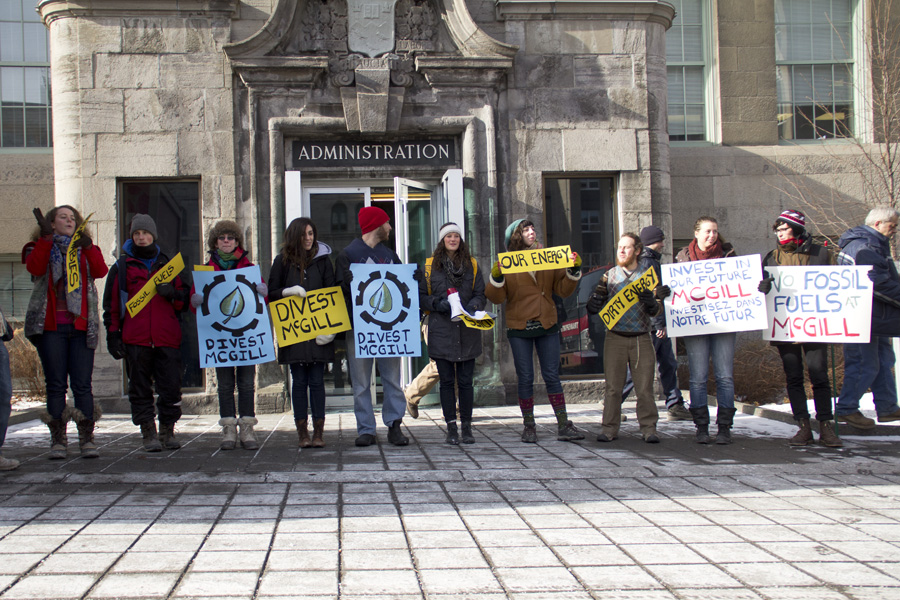Campus organizations frequently work together on political and social justice issues. Last Fall, Divest McGill worked with Aboriginal groups on campus during the simultaneous Fossil Free and Aboriginal Awareness Weeks, and Divest McGill and Demilitarize McGill oftentimes collaborate. While the methods of each of these organizations have been criticized and praised in kind, less has been said on the intersection of these groups. At the start of a new semester, with many opportunities for collaboration on the horizon, it is important to consider whether such ties are effective or deleterious for these movements.
While intersectionality focuses on where social categories and social issues overlap and interrelate, pure inclusivity runs the risk of blurring the important distinctions between these categories and causes. A discussion that works to ensure a balance of these forces must take place on this campus, especially within and between activist movements.
It’s easy to frame the discussion into the classic dichotomy of breadth and depth. On one hand, attempts to link seemingly distinct causes is one way of building a broad coalition. For example, in an article published by the McGill Daily, one member of McGill Against Austerity stated that provincial cuts to social welfare programs disproportionately affect women. The argument is that such connections between the groups affected by austerity—such as women, students, and public sector employees—is essential to mobilization against the provincial policy. Divest McGill has collaborated with Aboriginal rights groups, citing the negative effects that the industrial activities of fossil fuel companies and the provincial government’s Plan Nord have had upon Aboriginal communities. Intersectionality is therefore effective in bringing both more breadth of support and depth of policy to a movement.
In order to succeed, a social movement must have broad support, as well as an informed and comprehensive agenda. Intersectionality broadens support by connecting advocates from distinct groups. Thus, those inclined to activism benefit from sharing their causes with one another as they gain lobbying and staying powers. Not all activist movements are large, but people power can be the difference. And this power is easier to accumulate when the issues are more clear cut, such as with tuition hikes. For students, increasing the tuition is clearly a negative proposal; thus, mass protests ensue. For issues of austerity, divestment, demilitarization, Aboriginal awareness, etc., the causes and consequences are far less clear-cut. Intersectionality thus provides thoroughfares between these issues, and connects groups who share similar perspectives and objectives.
However, intersections may be taken too far, and so limit the benefit of such connections. An organization’s message of inclusivity can sometimes reach too far beyond the beliefs of the majority of its supporters, and the resulting linking of two causes has the potential to alienate would-be supporters. Such is certainly the case where mainstream movements work in tandem with more radical ones, such as when McGill Against Austerity marched alongside communists and anarchists shouting “1-2-3, fuck the bourgeoisie [and…] class war” as part of a collective strike in early November. In such situations, an association can easily blemish the movement as a whole in the eyes of a less-informed, more moderate observer.
Campus activists are thus in a quandary. Isolate themselves, and they lose the power of collective voice. Expand their message too much, and it may well appeal to a substantially smaller proportion of people. The solution is a pragmatic one. Theory, in activism, much as anywhere else, should only be applied to the degree that it obtains results. This means that groups should make careful decisions based on Realpolitik—decisions based on real circumstances rather than on ideological precepts—before lending support to any movement. The calculation of such considerations may fly in the face of the idealism that serves as a foundation for many of these movements, and as such, may be difficult to reckon for those with many strong sympathies; however, leaders of such movements must be both passionate and strategic, and wager small victories against grand defeats.









